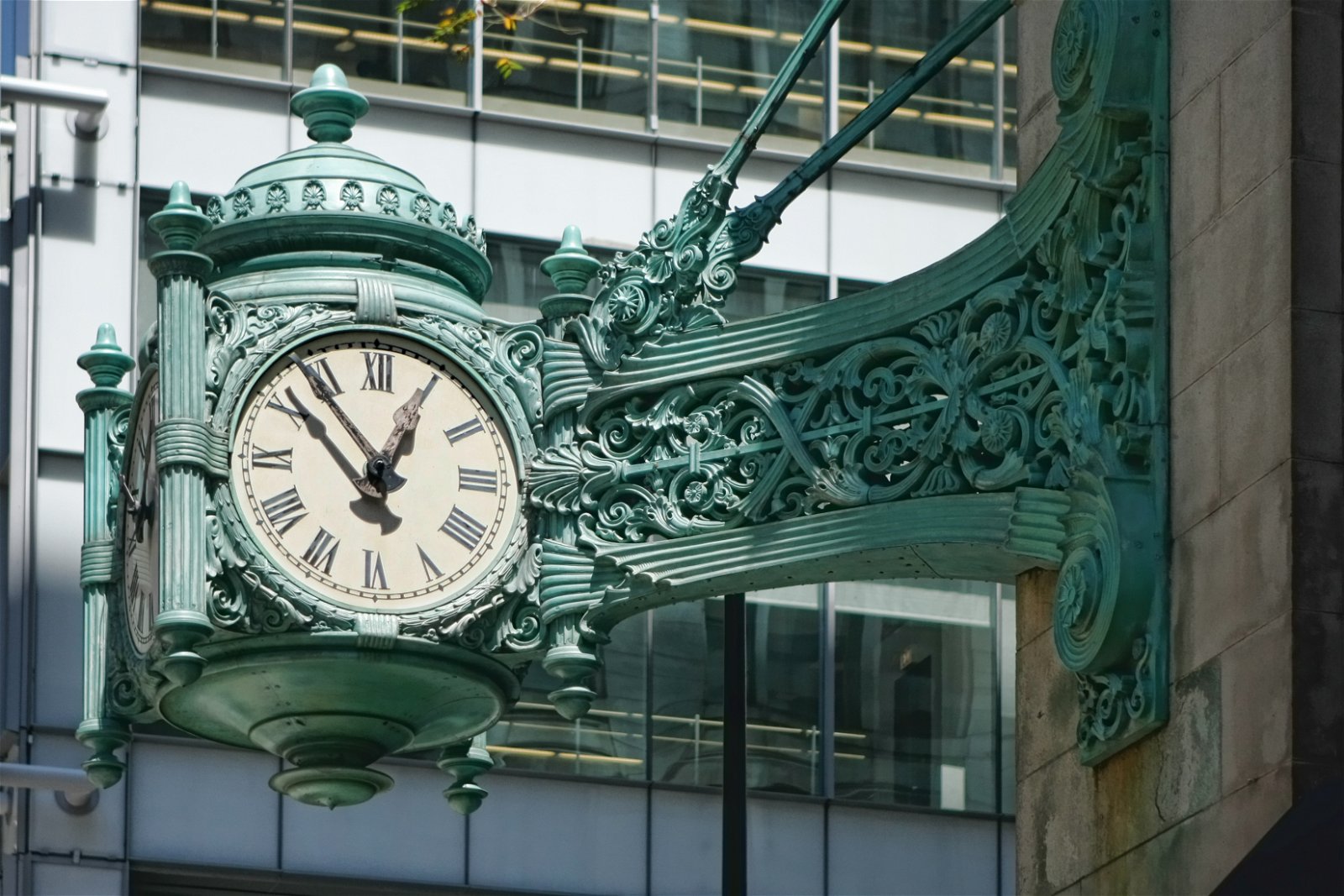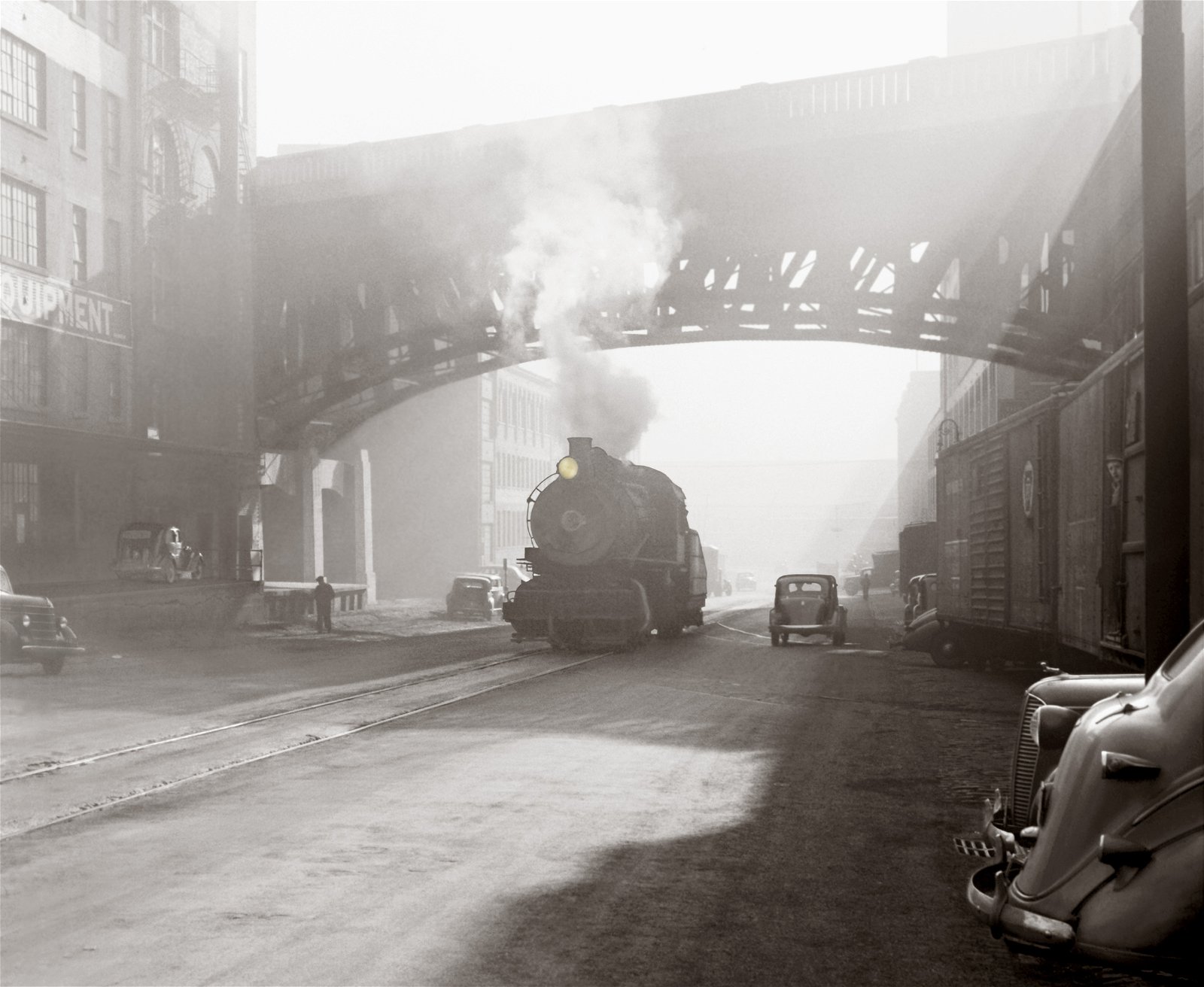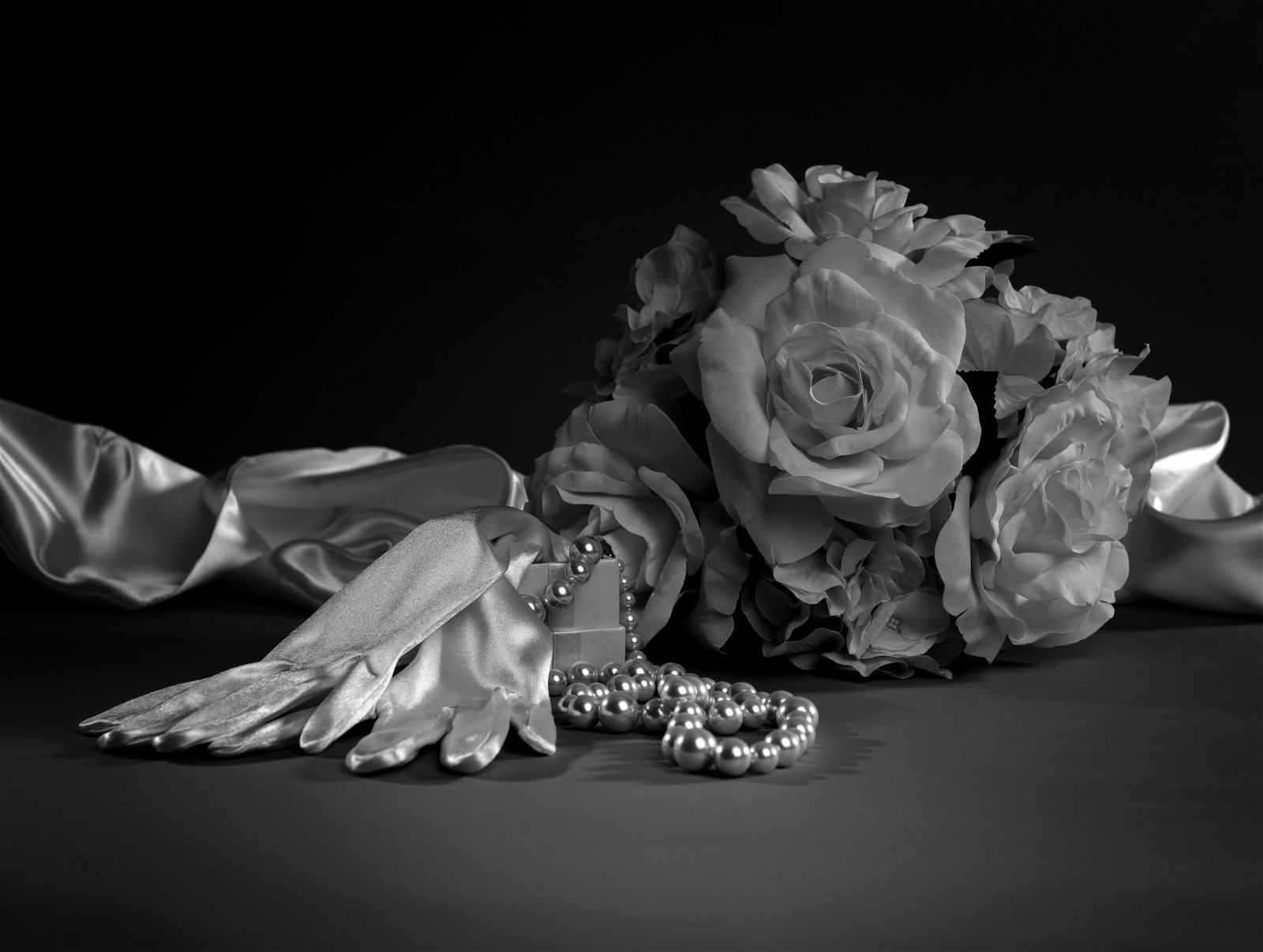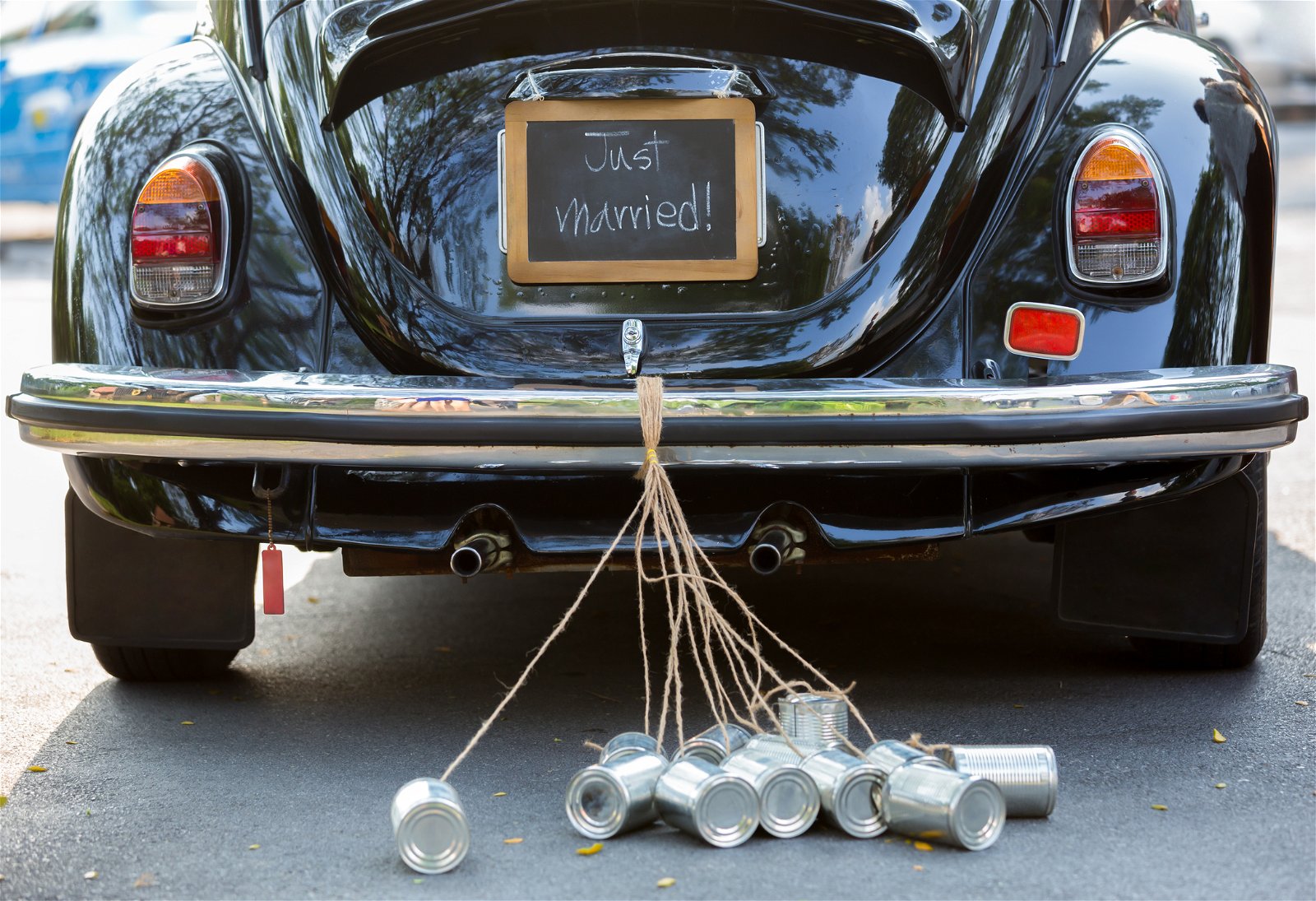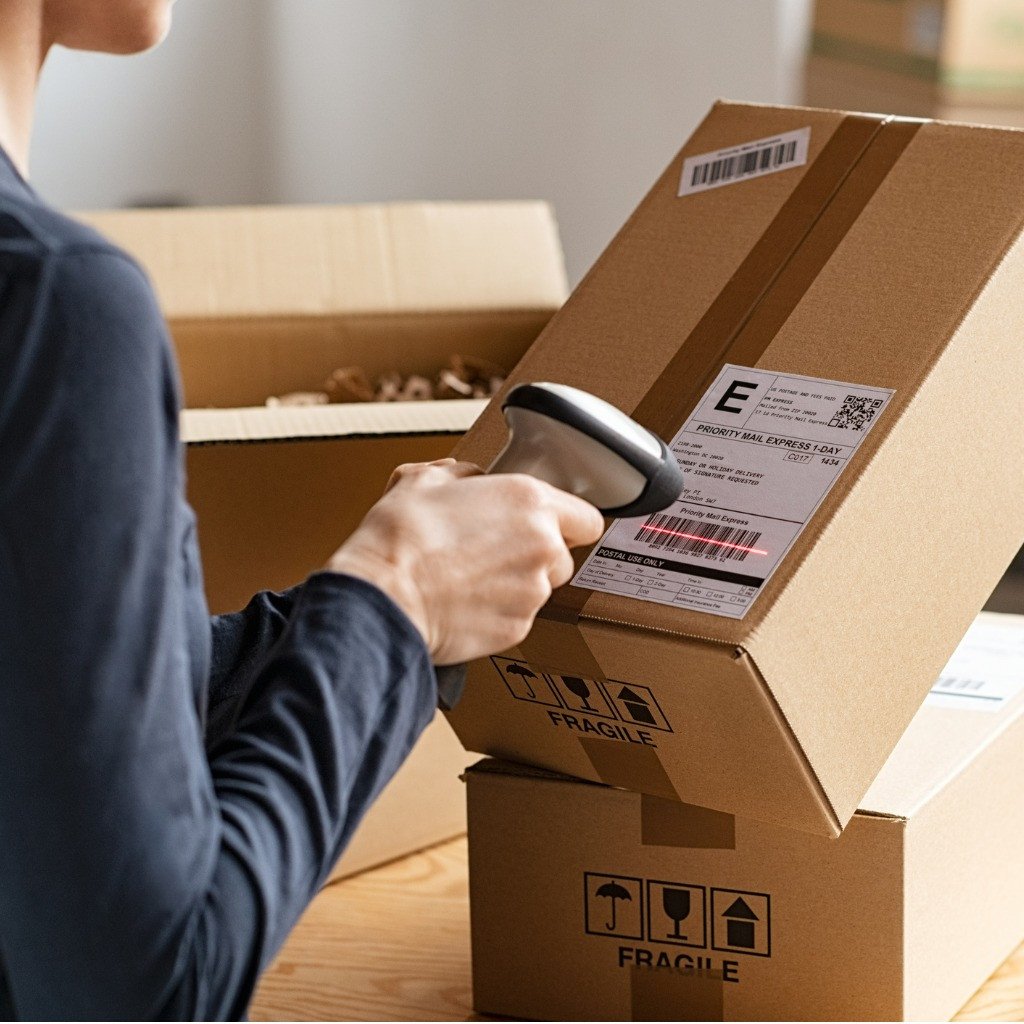Unequal Evolution
During the 26 years of historically young newlyweds building their homes out of the pockets of wedding guests the wedding registry industry flourished. Coincidentally, at the end of that quarter century the barcode was invented in 1974. This simple coding would change shopping in the U.S. forever. After popularity in the new practice gained critical mass department stores, including the once Marshall Field’s (Macy’s), developed a new and efficient system for engaged couples to add wanted wares to their registries. The system simplified the shopping, purchasing, and tracking of products regarding registries. However, as technology evolved to make purchasing products easier, the average age for wedding couples grew to the upper 20s by the turn of the century, supplying the industry with young professionals who already established homes (furnishings and all) independent of a spouse. The products that were now so much easier to add to registries and purchase remained the same type of products from the 1950s: appliances, silverware, china.


